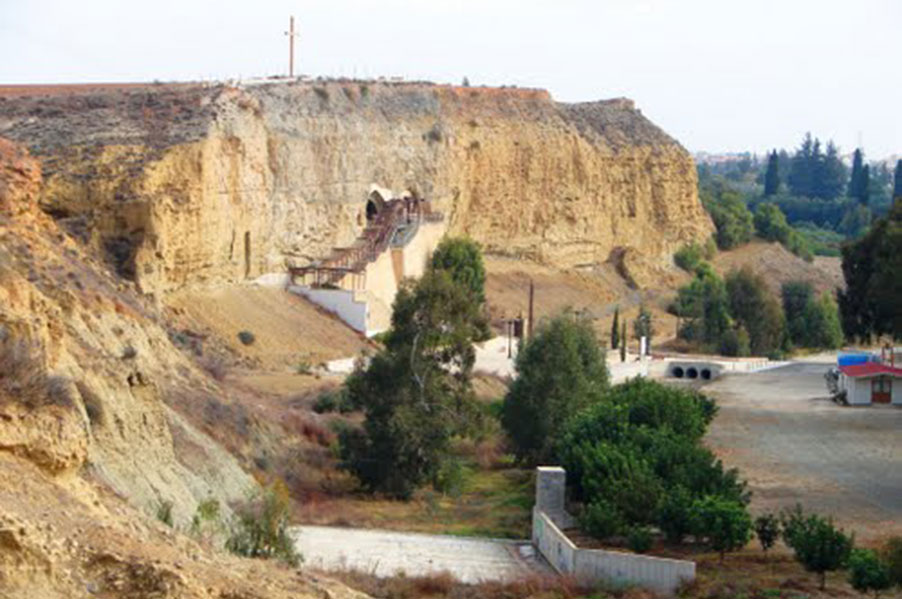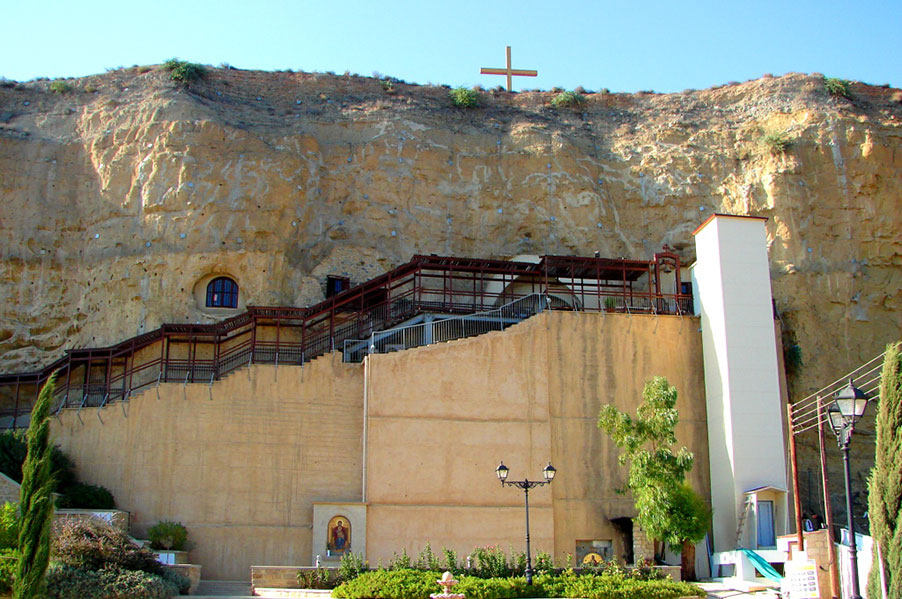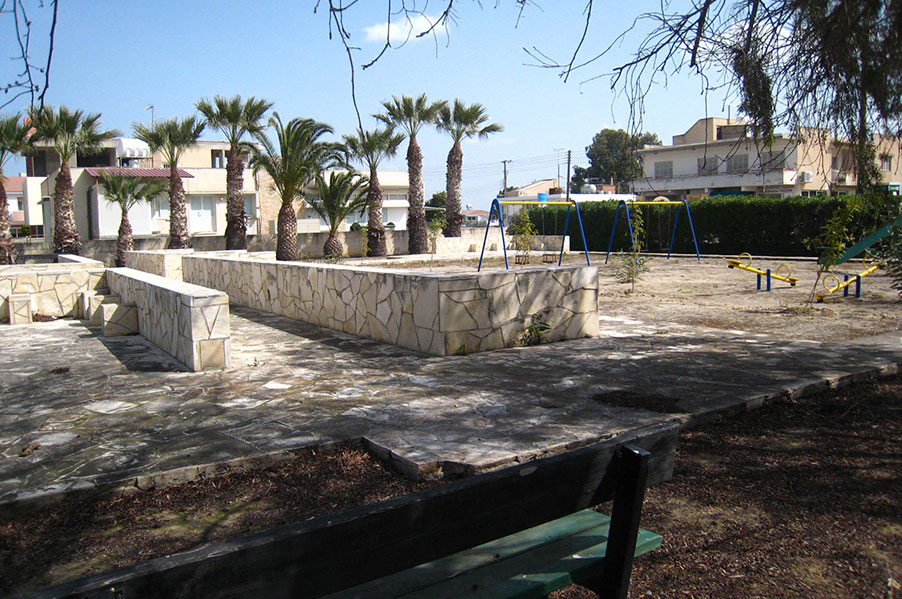- Home
- Nicosia
- Nicosia Entries
- Deftera
Description
Deftera is mentioned as a feud of the regiment of the knights Templar during the time the French ruled the island. In 1312, after the knights Templar were dismantled, it came to the possession of the knights of St John. There are references that during the time of the Venetian conquest, the Deftera community along with the neighbor community of Psimolofou, were in the possession of the Antiochia Patriarch and had a total income of 600 ducats. Deftera is noted on the map of Cyprus which was illustrated in 1573. From the archeological findings of Kato Deftera Necropolis, which were found in 1973, it seems that Deftera was inhabited since ancient times. These findings are dated to the ageof Geometrical period, 1050-750 B.C. and the Archaic period 750-475 B.C. Unfortunately, until today there is no information to which settlement this important Necropolis belonged to. Ancient tombs were also found in other areas of Deftera, such as Halopetroudia area in Pano Deftera.
An official population census of Pano and Kato Deftera can be found since 1881, in which it is recorded that Pano Deftera community numbered 395 inhabitants. In 1931 it numbered 647 and in the latest census which took place in 2001 numbered 1957 inhabitants. Kato Deftera community during the same time periods numbered 149, 257 and 1637 inhabitants respectively.
In Deftera, according to the official State Records, an elementary school was founded in 1874, which functions continuously until today. Of course education was provided prior to 1874 by the community¢s priests. The Deftera elementary school serves both communities of Deftera.
A significant monument of the Deftera community which is preserved to this very day is the cave shaped medieval church of Panagia Chrysospiliotissa (Virgin Mary of the Golden Cave), which is located on the steep bank of the River Pidias in Kato Deftera.


